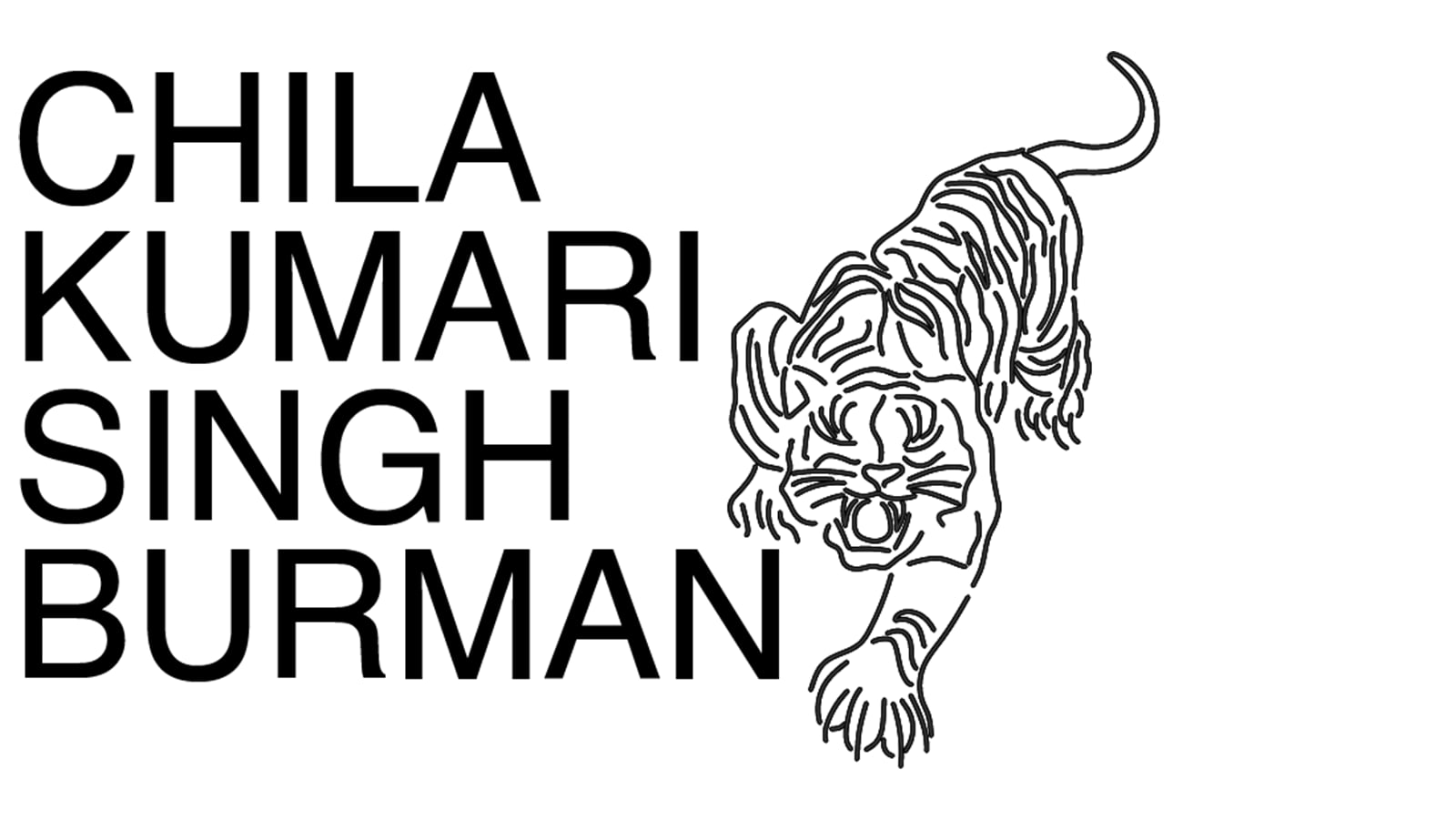'Chila Kumari Burman’s Auto-Portraits from the 1980s and early 1990s play with technologies of self imaging in ways that anticipated the current selfie obsession.'
Curated by Paul Goodwin at HANGAR, an Artistic Research Center, located in the area of Graça, in Lisbon.
ARTISTS
Alia Syed, Chila Kumari Burman, Keith Piper, John Akomfrah, Leo Asemota, The Otolith Group, Lawrence Abu Hamden, Larry Achiampong & David Blandy and Roshini Kempadoo.
CURATORIAL STATEMENT BY PAUL GOODWIN
This exhibition explores the ever-shifting relationship between art, technology and subjectivity in an age of increasing migration and global diaspora communities. In what ways are the practices of art and technology being transformed by their mutual interaction? How are artists deploying technologies of reproduction to investigate identity and refashion subjectivity in an era of economic crisis, the globalisation of techno-cultures and accelerating intolerance of cultural differences? What are the excesses that hover as ghostly spectres around forms of representation and their technologies?
The works in this exhibition open up and extend areas of fertile debate around art and technological reproducibility that Walter Benjamin first addressed in his seminal essay ‘The Work of Art in an Age of its Technological Reproducibility’ (1936). Within a time frame encompassing early digital works produced in the UK in the early 1990s to newly produced work, the works in the exhibition explore a diverse range of themes that investigate the relationship between art, technology and subjectivity: Leo Asemota pays homage to the enduring afterlife Walter Benjamin’s ‘Work of Art’ essay and engages Benjamin’s use of radio broadcasting as an artistic medium; Chila Kumari Burman’s Auto-Portraits from the 1980s and early 1990s play with technologies of self imaging in ways that anticipated the current selfie obsession; Alia Syed’s lyric film explores the disciplinary technologies of colonialism; Keith Piper’s work investigates the aesthetics and politics of robotics and race; John Akomfrah’s film-essay is a pioneering work of Afrofuturism; the Otolith Group’s video articulates digital representations of global crisis; the use of digital voicing software in migration control policies is examined by Lawrence Abu Hamdan; the ghosts of the colonial archive in the Caribbean resonate in Roshini Kempadoo’s digital installation and Larry Achiampong and David Blandy’squest to ‘find’ Frantz Fanon is a digital and virtual reflection on the ways the Martiniquan revolutionary’s psychopathological critique of colonialism continues to haunt our postcolonial present.
The exhibition does not attempt any definite answers to the questions raised about art and technology. However it does open up spaces of dialogue and pathways of investigation in the ongoing debate about the future of art’s fraught relationship to technological change in a time of multiple global crises. In some ways, to paraphrase Benjamin’s description of his own influential theories of the work of art in an age of mechanical reproduction, the works in this exhibition can be considered as “…quite useless for the purposes of Fascism. They can, on the other hand, be used to formulate revolutionary demands in the politics of art.” (Walter Benjamin, The Work of Art in the Age of Mechanical Reproduction, Penguin Books, 2008, first published 1936).

